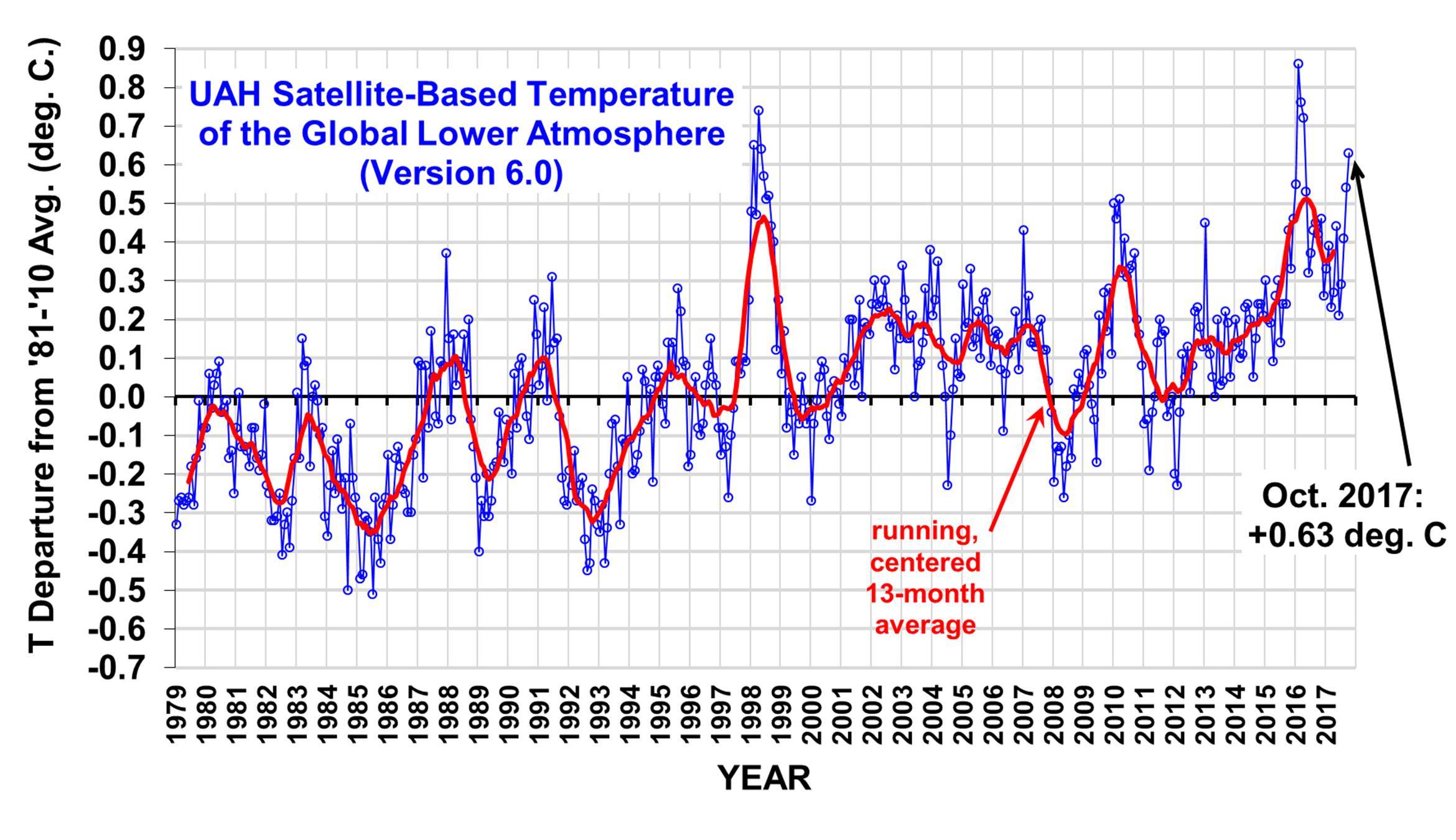Billy_Bob
Diamond Member
And this is what is coming...


Follow along with the video below to see how to install our site as a web app on your home screen.

Note: This feature currently requires accessing the site using the built-in Safari browser.


You forgot that the fall of 3 deg C in the ocean surface temps will cause a 3-5 deg C drop in ambient air temps globally.. Get out your fuzzy ball warmers...This just in, winter weather on tap for the winter season....That is all...
As long as my crack doesn't crack from dry skin it's not a bad winter...You forgot that the fall of 3 deg C in the ocean surface temps will cause a 3-5 deg C drop in ambient air temps globally.. Get out your fuzzy ball warmers...This just in, winter weather on tap for the winter season....That is all...
You really shouldn't leave it exposed...As long as my crack doesn't crack from dry skin it's not a bad winter...You forgot that the fall of 3 deg C in the ocean surface temps will cause a 3-5 deg C drop in ambient air temps globally.. Get out your fuzzy ball warmers...This just in, winter weather on tap for the winter season....That is all...
Kinda hard when you bend over a lot..You really shouldn't leave it exposed...As long as my crack doesn't crack from dry skin it's not a bad winter...You forgot that the fall of 3 deg C in the ocean surface temps will cause a 3-5 deg C drop in ambient air temps globally.. Get out your fuzzy ball warmers...This just in, winter weather on tap for the winter season....That is all...
You forgot that the fall of 3 deg C in the ocean surface temps will cause a 3-5 deg C drop in ambient air temps globally.. Get out your fuzzy ball warmers...

Now Silly Billy, I posted repeatedly that a weak La Nina is in the forecast.
Nowhere to go but Colder..
Hey OLD CROCK... The empirically observed data say's your FULL OF CRAP!
